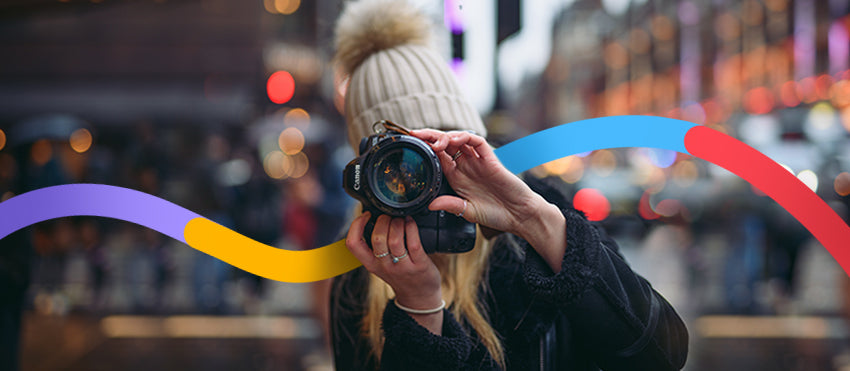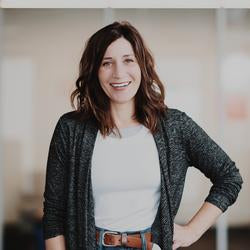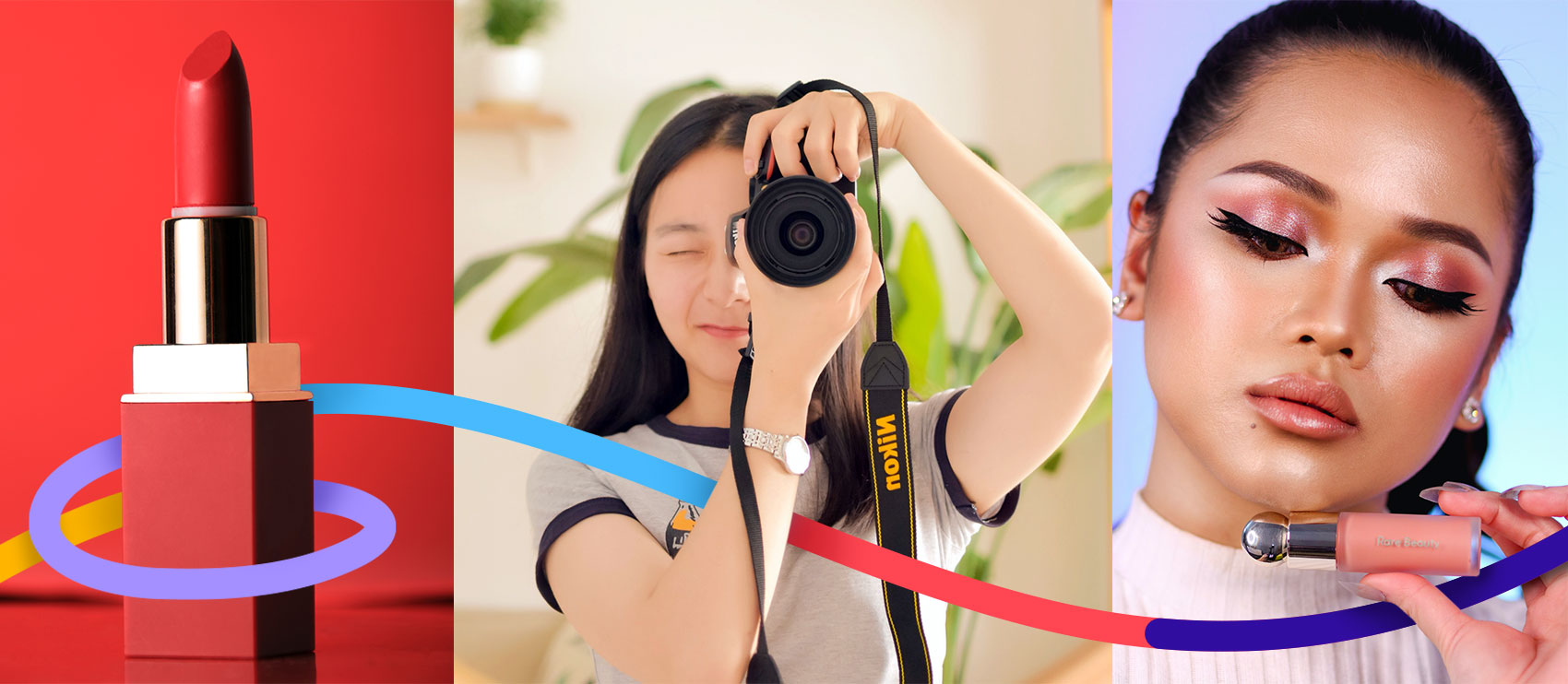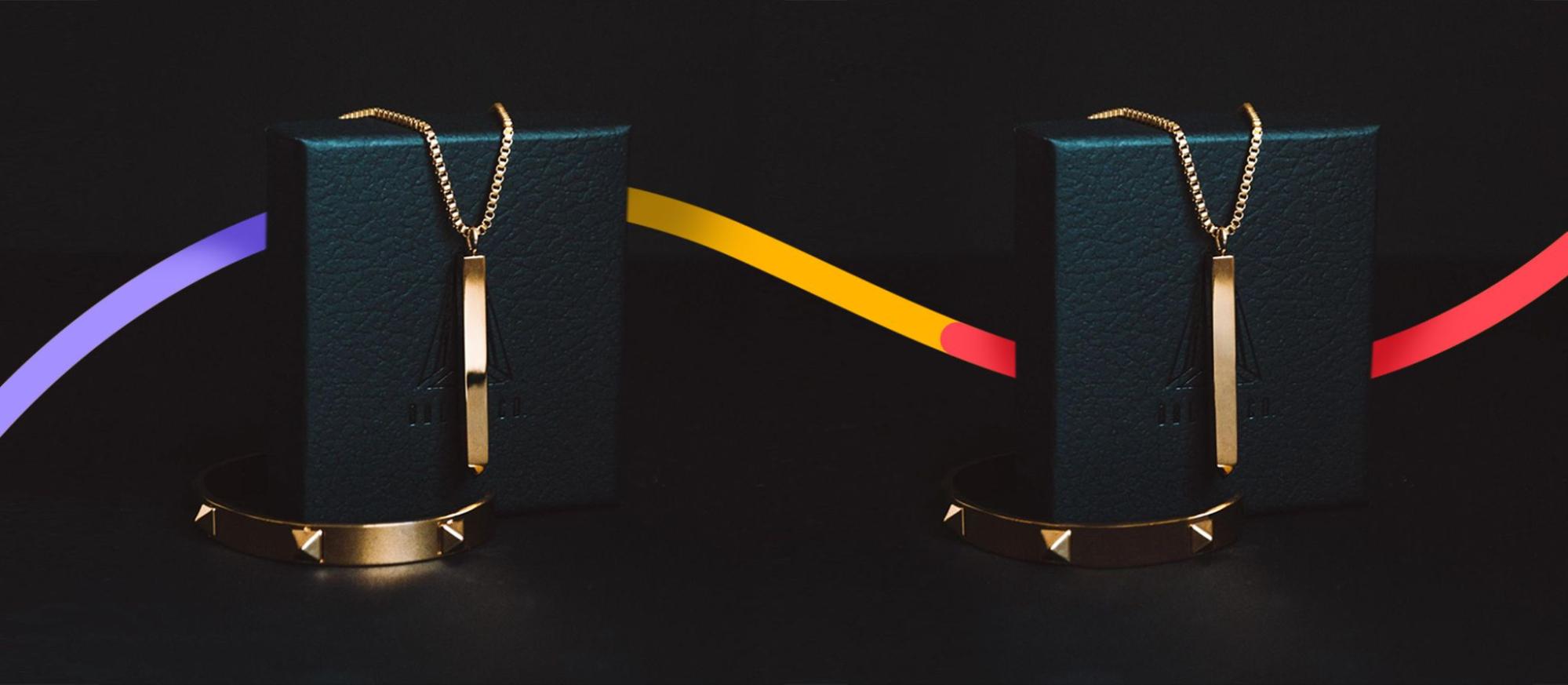Shooting professionally outside of a traditional photography studio setting can get tricky. When your photoshoot requires you to be on location, you’re held to different legal constraints than in your own studio space. If you don’t have the right photography permit, navigating these legal waters can feel daunting, especially when you risk a hefty penalty or, in some cases, even jail time.
Luckily, if you do your research before shooting in a new location, you can avoid those risks by being prepared and getting a photography permit when you need one. Know your rights for commercial use and you’ll be able to focus on the activities you love: Capturing beautiful shots and making your clients happy.
Why commercial photography permits are important
There are enough commercial photography rules in different states, countries, parks and areas to fill a library (or ten) — but if you use the following guidelines and examples, you can make sure your next photoshoot won’t come with the added expense of a costly fine.
It’s important to do your research ahead of time based on the region you’re hoping to shoot in, because laws can change without warning. For instance, in early 2021, a D.C. federal judge ruled in favor of commercial photographers everywhere when they decided the United States National Parks Services’ (NPS) fees and permits for commercial filmmakers and photographers were an unconstitutional restriction on free speech. The NPS now asks commercial photographers to consult parks staff directly to seek out ways to minimize the impact of their photoshoot on the park’s natural resources.
You should be especially considerate of potential ramifications when shooting around a cultural landmark or space. An Egyptian model was arrested in December 2020 for being photographed in a historical area the officials at the Ministry of Tourism and Antiquities viewed as disrespectful to Egyptian history and culture, resulting in an uproar. Unless you want some bad press, avoid making a cultural misstep by reading up on local commercial use laws as well as thinking twice about how your shoot itself may be in violation of cultural norms.
With that in mind, here’s a breakdown of the three main types of regulations placed on commercial photography, and how to navigate them like a pro.
Public places
Public places refer to areas like the street, a local park, library, hospitals, museums — essentially, any area accessible to the public. In some areas, this also includes restaurants or retail businesses with large capacities.
The biggest consideration for commercial photographers when shooting in public places is to make sure you don’t capture the likeness of individuals. Protecting individual privacy is just part of being a good photographer. No one should have a candid photo of themselves show up in a commercial campaign!
If you do capture an individual’s likeness, you’ll need to edit those photos to remove the identity of the person in the shot or even remove the person from the shot altogether. You can figure out how to remove elements from images in Photoshop with this tutorial. Or, if you don’t have the time or desire to mess around with Photoshop, you can outsource the work to a trained team of designers like Path.

If you do capture someone’s likeness, and editing them out isn’t going to work, you can get their permission with a signed release form or waiver. The document should cover the commercial usage of the photos and the individual’s likeness. ReleaseForms.org has a standard commercial photography waiver agreement you can use in case you don’t have your own or a legal resource.
Note: It can be difficult to get signatures from passersby, so in general, work to preserve the privacy of anyone who accidentally shows up in frame on a product photography shoot. You’ll thank yourself later.
Additionally, if a person has a reasonable expectation of privacy, you can’t shoot their photo for personal or commercial use. This is the case in the U.S. (by law) and in many European countries (per the European Convention on Human Rights), as well as several other countries.
Scenarios that constitute a reasonable expectation of privacy include restrooms or dressing rooms. Areas like a park, shopping mall, or the sidewalk aren’t typically considered places where individuals should expect privacy.
It gets a little trickier when you introduce props and set materials — anything beyond a camera and a tripod. In the case of a product photographer, set styling and props are essential. This is when you would probably require a permit.
To determine whether you need a permit, pro photog Chase Jarvis suggests asking yourself these questions, and if you answer yes to at least one, you likely need a permit:
- “Is this a commercial shoot?
- Will your filming disturb traffic or pedestrians?
- Will you need to use tripods, dollys, wires, a generator or other equipment on sidewalks or streets?
- Are you using the public space in a special/different way than it is intended?”
In some areas, permits are free, whereas others charge a fee. Always check with local government offices, just to be sure.
How to get a permit to shoot in public
You can obtain a permit for shooting in public on your own anytime you like. Contact the local municipalities to find out what the process and requirements are, as well as any associated fees. Take initiative and apply at least 2-8 weeks before the scheduled shoot date, since permitting processes can sometimes take a few weeks.
In some places, you can apply online. New York City, Sydney, and Berlin are just a handful of locations that have information and online applications if you need a permit. In London, for example, each borough has its own Borough Film Service.
You can also ask other professionals for help. There are many location-scouting agencies that are experts in finding locations for commercial photographers to shoot. They’re also well aware of local laws and restrictions, so they’ll be able to offer advice if you’re unfamiliar with the area.
Be careful not to choose just any agency, though. Find reputable recommendations from colleagues or others in your industry. Check out the Masterclass guide to location scouting for tips.
Places open to the public
Private properties that are open to the public — such as brick-and-mortar shops, banks, and movie theaters — typically have similar parameters as public places.
The rules surrounding the idea of likeness and sharing a person’s identity apply to businesses, too. Generally, you can’t include business names, logos, or pictures of a recognizable building without permission of the property owner. (Think about how brand logos are blurred out on television. The same standards apply to your work.)
Some public places don’t allow any commercial photography at all, such as London’s Trafalgar Square and Parliament Square Gardens, which require the London mayor’s permission to shoot there.
Parks and nature
National Parks in the U.S., for example, have several pages on their website about the ins and outs of obtaining permits to shoot commercial photography: like this one for parks in general, or this one and this one for specific parks.
In Australia, you can check out the permits, licenses and leases section on the Department of the Environment and Energy website, which spells out the process for each of its National Parks and National Botanic Gardens, as well as where to get more specific information for shooting on Commonwealth marine reserves.
Some of this property is controlled by smaller, local governments, too. California State Parks, for example, has its own set of rules — as well as a process to obtain a permit to shoot. Some parks might also be controlled by the city, so it’s always best to check with the local municipality too.
Public transportation
Public transportation technically falls under the “places open to the public” category, but there are several modes of transportation, each with its own set of guidelines.
Much like with shooting in public, it’s always best to check the local government website for the latest and most-important information. In London, for example, Transport for London issues permits for photographers wanting to shoot on buses and on the roads. In Dallas, Texas, you need to call at least a week ahead for a permit.
Airports are considered private property, so it varies again. Denver International Airport requires photographers first contact them with detailed plans of the shoot. They also charge $200 USD per hour for shooting on the property with a minimum of two hours permitted.
Private property (not open to the public)
Private property owned by an individual or a business, which is not open to the public, doesn't require permits. But that doesn’t mean you’re in the clear. If you want to shoot on private property, you must acquire permission from the property owner.

If the photos feature the property in an identifiable manner, then you might also need a release. If you’re shooting for your own product-based business or for a single client, you probably don’t need it. But if you’re planning to sell the photos to others to use, such as on a stock photography site, you will likely need a signed release form.
Shoot confidently with the right permit (when you need it)
You deserve to have your next shoot go perfectly, especially when you’re up against a deadline, so don’t let a missing permit throw off your schedule or incur a fine. Do your research up front, check in with local laws, err on the side of cultural and environmental respect, and you’ll be able to deliver results for your commercial photography clients without a problem.
Disclaimer: This article is not meant to provide legal advice. The information contained herein is no substitute for legal advice from an attorney licensed in your area and may or may not be applicable to your specific situation. We strongly encourage you to consult with local counsel.












